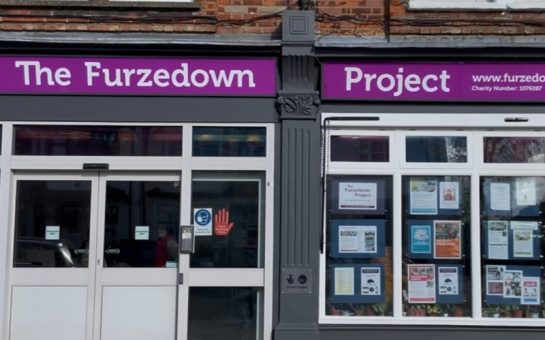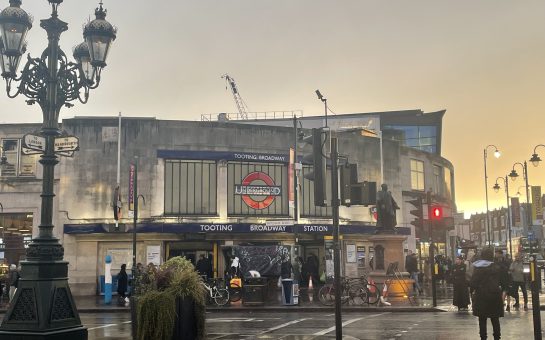A £185m funding gap required to boost Wandsworth’s infrastructure is set to be tackled by a new levy on developers.

A £185m funding gap required to boost Wandsworth’s infrastructure is set to be tackled by a new levy on developers.
A new Community Infrastructure Levy (CIL) would impose a charge on new developments in the area, and is being considered in boroughs across London.
If passed, Wandsworth Council will use much of the money raised on transport upgrades, including the planned expansion of the Northern Line.
Whilst the CIL cannot cover the gap of around £185m – due to amass over the next ten years – it could contribute significantly.
The council’s proposals were backed this week by a Planning Inspectorate report stating the changes will not put development at risk.
There is an important trade off between the amount of money that is demanded from a developer and their incentive to develop.
Charge too much, and vital investment can be scared away.
In ‘Wider Wandsworth’, the council proposes a levy of £250 per squared metre (m2) for residential developments, and a rate of zero for retail and office projects.
The latter was praised by the report, which noted a higher rate would be “a potential barrier to the necessary private sector investment… especially in the less favoured, lower value, town centres across the borough”.
The residential figure is not significantly above other London boroughs.
In some areas of Barking and Dagenham it will be as little as £10m2, whilst particular parts of Merton will be as high as £385m2.
In the Wandsworth part of the Vauxhall Nine Elms Battersea Opportunity Area (Nine Elms), it is a different situation entirely.
The area’s close relationship with central London sees an increase in both residential and retail/office rates.
Area ‘A’, by the riverfront north of Battersea Power Station, developers face a residential levy of £575 m2.
This figure is the highest proposal in London currently, though many central boroughs will likely rival it.
Russell King, Wandsworth Council’s cabinet member for strategic planning and transportation, defended the levy in Nine Elms.
He said: “The number was not just plucked out of the air but based on affordability and the benefits from delivering the required infrastructure to make this whole area work, especially the Northern Line extension.
“Given the location and aspirations for the area, it is not surprising that the CIL is relatively high.”
In stark contrast Roehampton – an area targeted for regeneration – will receive no levy at all, to help attract investment.
Jamie Sullivan, of Tetlow King Planning, said: “Abolishing the Roehampton charge is quite unique.
“It encourages development, but also a higher percentage of affordable housing. If the rate is set too high it can squeeze it out.”
The full council will make the final decision on the proposals on July 11th. If passed they will be introduced between October 1st and December 1st.
Follow us on @SW_Londoner




